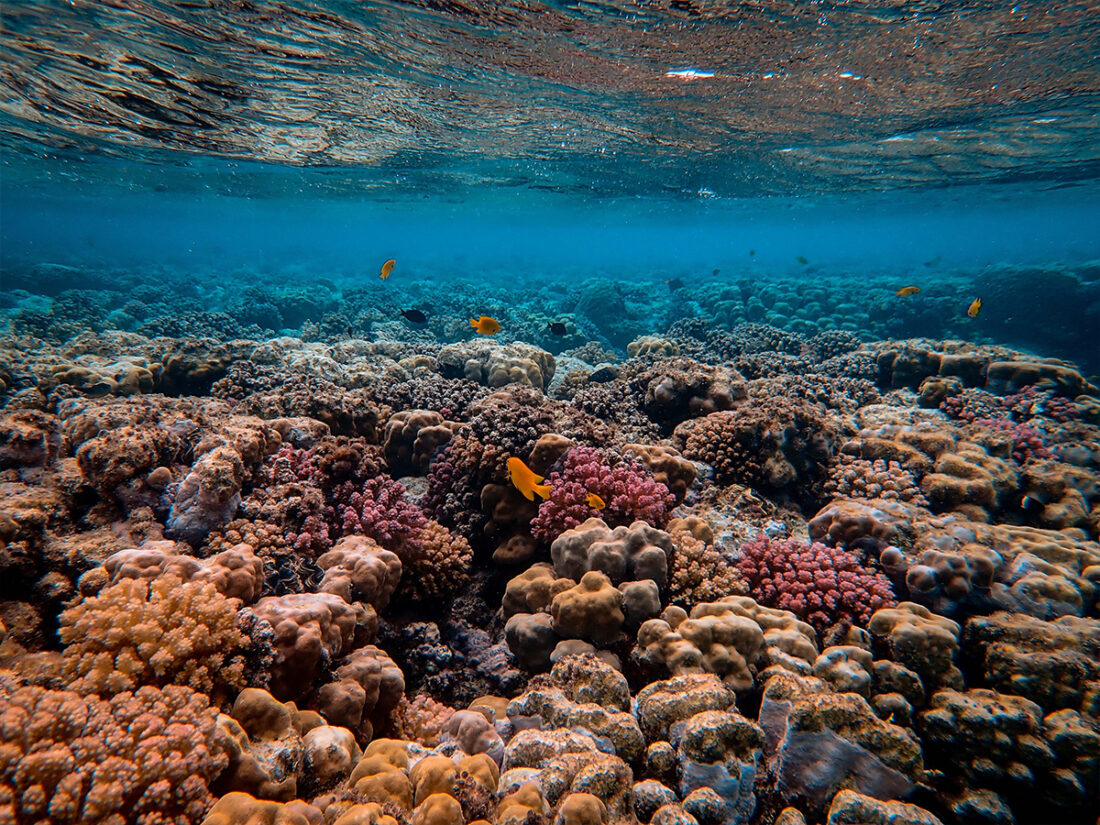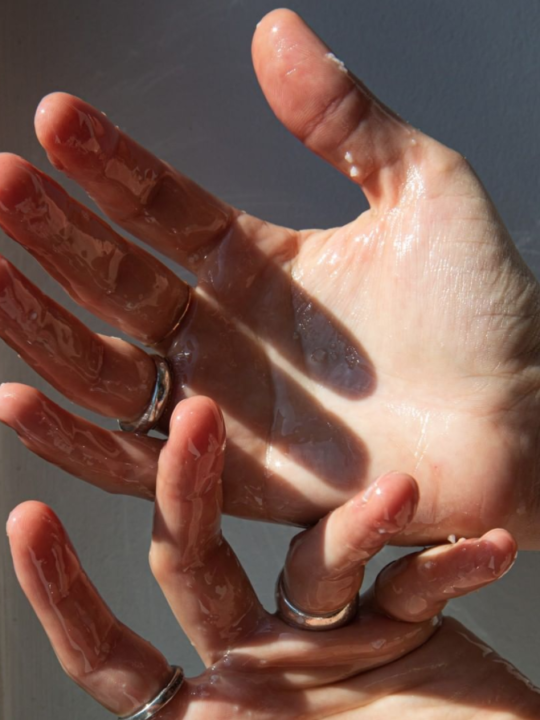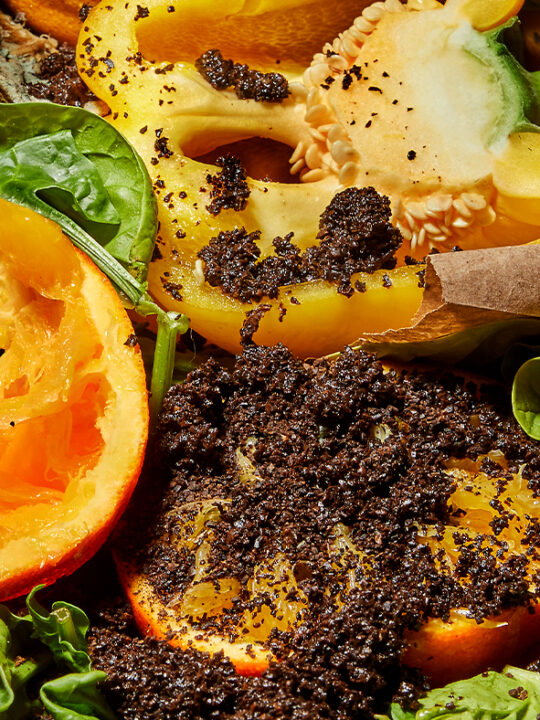
As global temperatures rise from human activities, like the burning of fossil fuels and plastic pollution, the health of our oceans is being impacted. You may have heard the terms “coral bleaching” and “ocean acidification” before, but what exactly do these mean for our underwater world?
Ocean Acidification
 The ocean is the world’s largest carbon sink — in fact, the world’s oceans have absorbed about 93% of the excess heat caused by greenhouse gas warming since the mid-20th century (kudos to the ocean), but also, sad for the ocean as it’s getting warmer! But in the last decade alone, global emissions of greenhouse gases have increased to nearly 40 gigatons (which is a LOT).
The ocean is the world’s largest carbon sink — in fact, the world’s oceans have absorbed about 93% of the excess heat caused by greenhouse gas warming since the mid-20th century (kudos to the ocean), but also, sad for the ocean as it’s getting warmer! But in the last decade alone, global emissions of greenhouse gases have increased to nearly 40 gigatons (which is a LOT).
Why is this extra CO2 in our atmosphere bad for our oceans?
Science class time! When carbon dioxide (CO2) enters the ocean and mixes with water, it breaks apart into bicarbonate ions and hydrogen ions. Acidity (which is measured using the pH scale — remember that from science class?) is determined by the concentration of hydrogen ions in a solution, in this case, ocean water. The more hydrogen ions, the more acidic the water, and the lower the pH. For millions of years, atmospheric levels were CO2 fairly constant, but with more and more CO2 breaking down in our ocean, more hydrogen ions are being released, which has caused the acidity of our oceans to increase by 30 percent.
When water becomes too acidic, organisms like coral, mussels, and clams are unable to continue building their skeletons and shells, which is not good because these little guys help keep our oceans clean! In some cases, their calcium carbonate components entirely dissolve. The result: The potential loss of entire marine ecosystems — including many organisms such as pteropods that are at the bottom of our food chain as well as Coral reefs, which are responsible for over 25% of all life in the oceans.
Coral Bleaching

The increase in heat-trapping gasses (like methane and CO2) in the atmosphere (caused by *cough cough* human activities, like sending trash to landfills, animal agriculture, fossil fuel extraction like fracking, and plastic manufacturing) has increased global and ocean temperatures, to the point where the water is too warm for coral to survive. Not. Good.
Corals have a symbiotic relationship with algae (which live in their tissue) — corals provide shelter for the algae, and in return, algae provide vital nutrients to coral.
Do you ever sweat when you’re stressed or too hot? Coral experiences a similar stress response by pushing out the algae out of its tissue (this is why bleached coral looks white — it is the algae that give them their vibrant coloring). The rising water temperatures have stressed coral out, and without algae, they become weak, are more susceptible to infections, and less able to withstand increasing ocean acidification — resulting in death. Studies show that 99 percent of the world’s warm-water coral reefs could disappear if global average temperatures rise 2°C.
By hindering the oceans’ ability to absorb CO2, the effects of climate change will worsen, and millions of people will be impacted. Please keep in mind that those impacted most by climate change are BIPOC communities which is why work to combat climate injustice helps to create racial justice.
The loss of coral, algae, and other marine species like shellfish, will also impact the global economy and food supply chain, as approximately 3 billion people in the world rely on seafood as a primary source of protein.
Take away: It is in our best interest to protect the health of our oceans.
So what can we do?
-
- Reduce your methane emissions (methane is roughly 30 times more potent as a heat-trapping gas) that come from landfill waste, eating animals, and natural gas by reducing your waste, eating a plant based diet if you can, and reduce your natural gas use
- Reduce your CO2 footprint that comes from fossil fuels (transportation, and industry) wherever possible by walking or riding your bike instead of taking a car, using public transportation, carpool when safe, shop secondhand, buy used and refurbished products, wash your laundry in cold water…the list goes on. Here is a great list of ways to lower your carbon footprint (but again don’t forget about methane as it’s better at trapping heat than CO2 over a 100 year timespan!)
- Vote against leaders who invest in fossil fuels **did somebody say Donald Trump?**.
- Speak up about the connection between human activity and climate change. Start the conversation in your community!
- Use a microplastic catching washing bag, like a Guppyfriend washing bag.
- Avoid single-use plastics (which are made from fossil fuels). If you’re looking for a place to start, the Ocean Advokit from Package Free has sustainable solutions that protect ocean health. Shell yeah!
- Use reef safe sunscreen
- Ask yourself what your values are and LIVE THEM!
What are some of the ways that you have been lowering your impact and taking steps to tackle climate change? Let me know in the comments!







